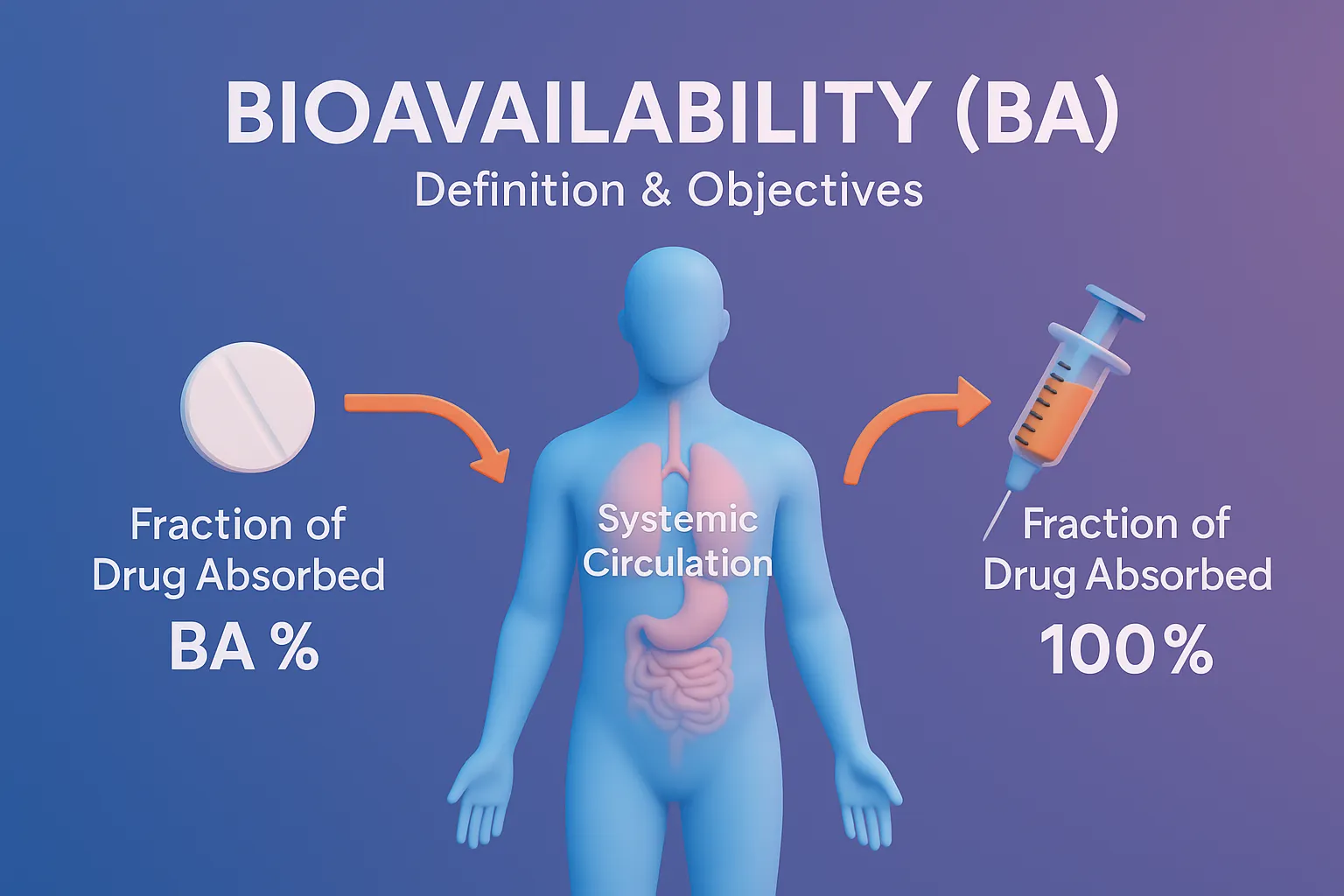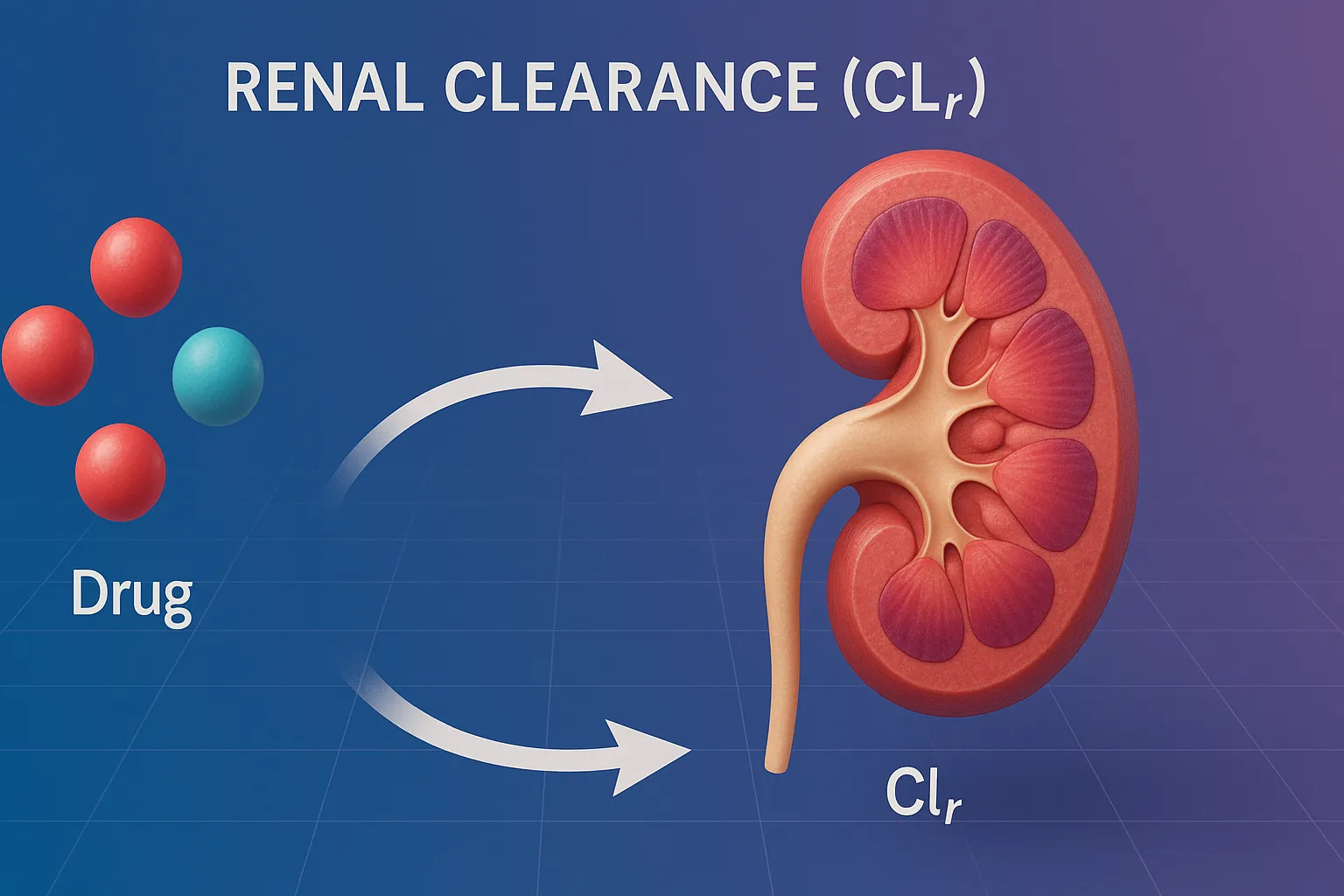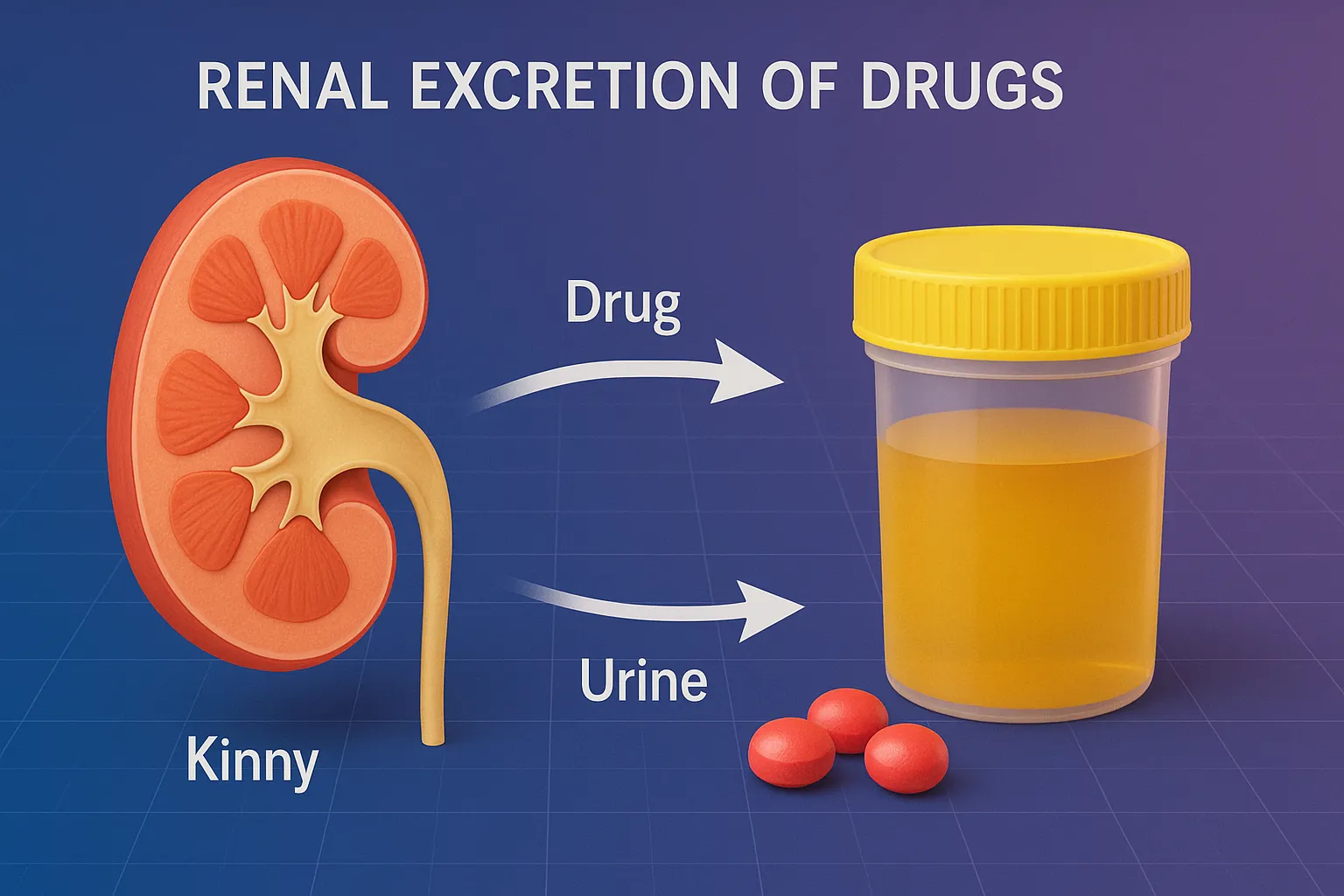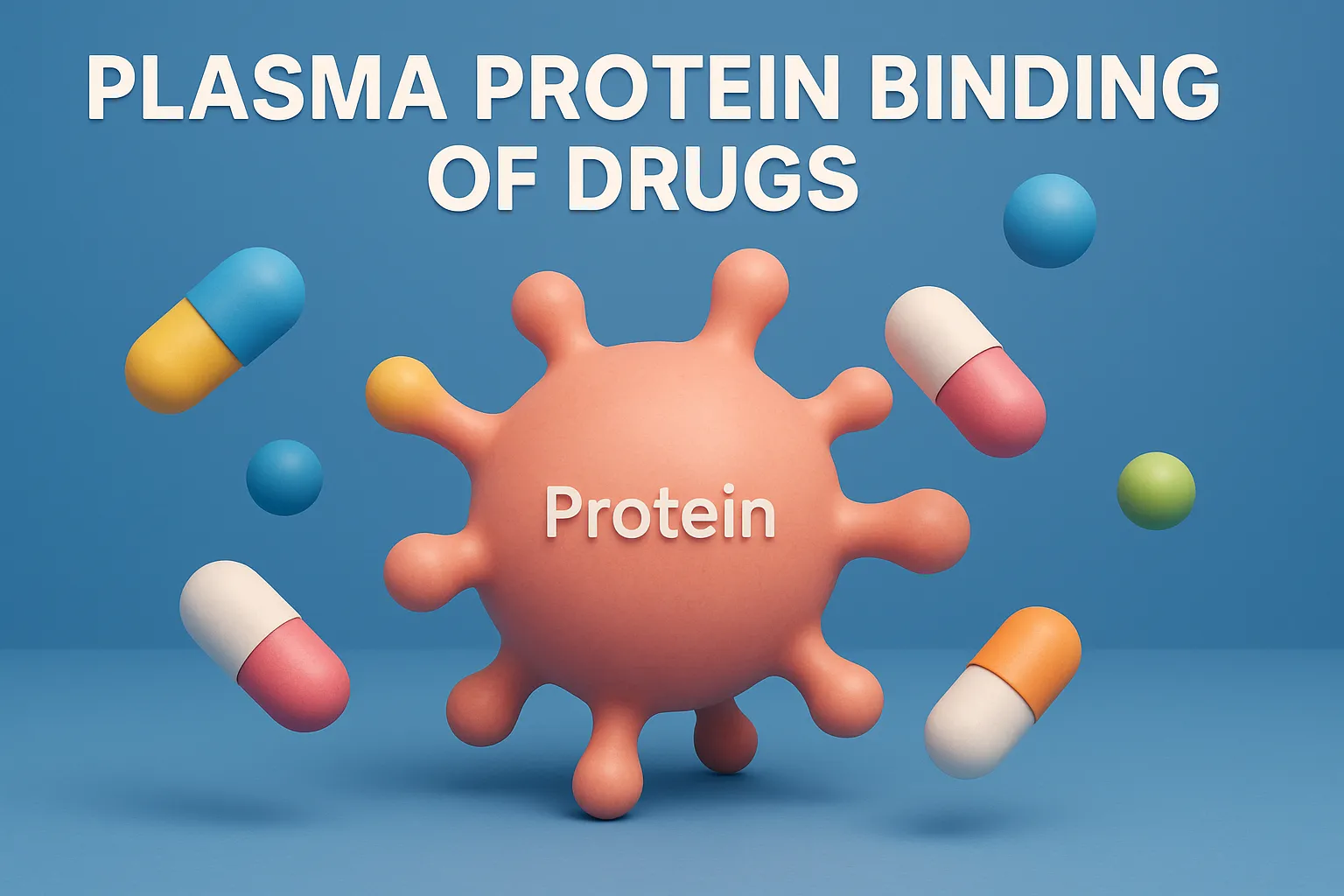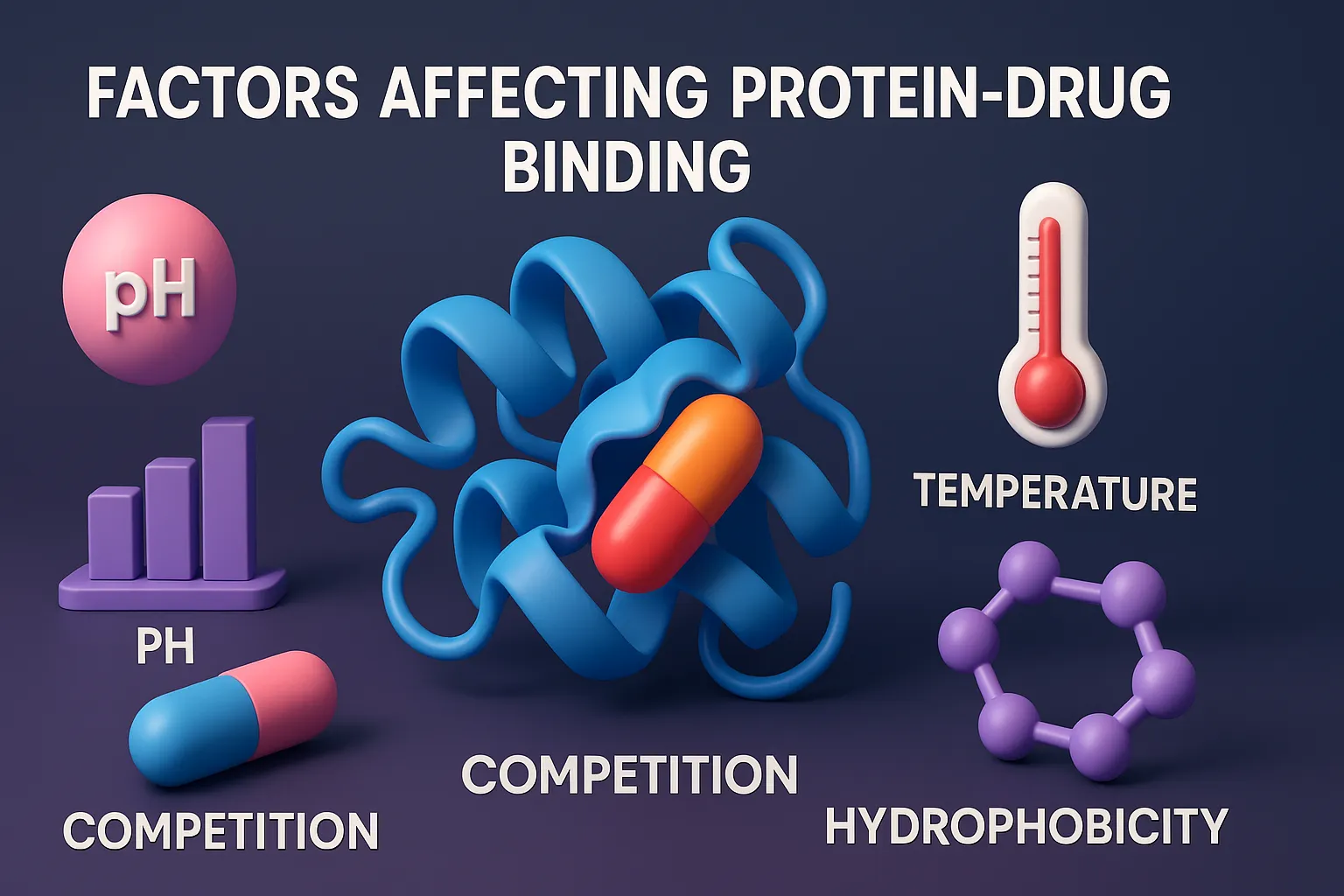Bioavailability (BA): Definition and Objectives
Bioavailability BA definition and objectives explain the rate and extent of drug absorption reaching systemic circulation. Bioavailability (BA) definition and objectives Definition of Bioavailability Bioavailability is defined as the fraction (F) of an administered drug dose that reaches systemic circulation in an unchanged form and is available for therapeutic action. It includes both: Extent of … Read more

